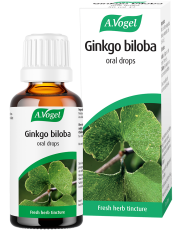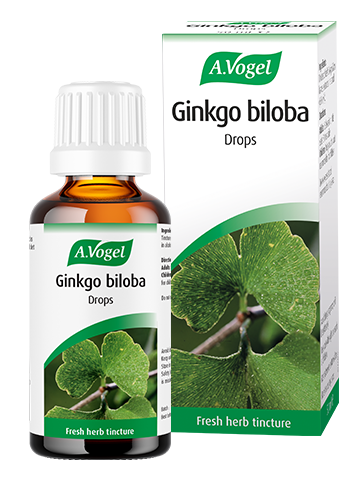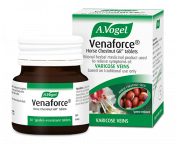What do spider veins look like?
Spider veins look like fine, clustered veins. They tend to be red, blue or purple in colour and appear in a pattern comparable to a spider's web. Spider veins most commonly occur on the legs, face and cheeks.

What are spider veins?
Spider veins are thin veins clearly visible on the surface of the skin. They look like the pattern of a spider's web, hence their memorable name.
Spider veins are caused when capillaries (the smallest and most fragile blood vessels) are damaged. Sometimes a weakened valve in the veins (these contract and release to allow blood flow through the body) may cause the problem, but it may also be linked to more general circulatory and lifestyle concerns.
Why am I suddenly getting spider veins?
There are various factors that may cause you to suddenly get spider veins. They are common during pregnancy, for example, when increased pressure is put on the veins as you grow. Menopause is another phase when hormonal fluctuation causes problems in the circulatory system.
Sometimes spider veins can accompany a wider circulatory issue, such as varicose veins. Other times the issue may be linked to genetics, a sedentary lifestyle or even medication. For one, birth control pills cause alterations in hormone levels which may, in turn, affect the structure of the vein walls.
Can you get rid of spider veins naturally?
Natural remedies and even lifestyle changes may have a positive effect on spider veins.
Moving in any way possible will help circulation throughout the body. This can include sports and general exercises like walking. It may also mean just sitting a little less throughout the day, for example, by taking regular breaks to stretch whilst at work.
Circulation-boosting exercises also include leg flexors. While sitting, simply put the leg out in front and alternate between pointing the toes towards the sky and out in front.
A natural remedy can also support circulation and vein issues. Ginkgo biloba leaves have traditionally been used to support healthy circulation. There is also Horse Chestnut which is more commonly used to treat problem veins, such as varicose veins. It can be applied topically in the form of our Venagel Horse Chestnut Gel.
Ginkgo biloba drops & tablets

- Made from freshly harvested Ginkgo biloba leaves
- Helps to maintain a healthy circulation
- Helps to maintain and benefit the blood flow to the brain which is important as one gets older
"Have used A.Vogel products for years. Cannot fault them and recommend them widely to friends and family"
Other than these options, aim to support your circulation with a healthy diet including lots of fresh foods and antioxidant-rich fruit and veg. Problematic foods for circulation, on the other hand, include anything with a high saturated fat content, such as cakes and chips. Caffeine and alcohol are also inflammatory, so we would want to stay away from consuming to much of either of these things.
As a final tip, when you are sitting blood circulation can also be aided by propping the legs up on a stool.
If you'd like more advice on how to aid your circulation, have a look at my blog 'Circulatory health – what you need to know'.








